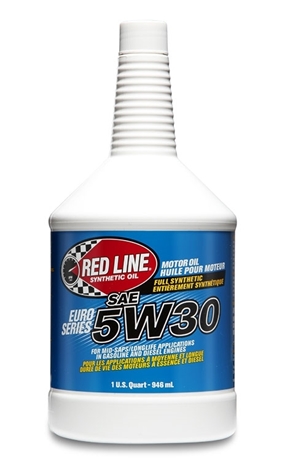OVERKILL
$100 Site Donor 2021
I don't think it's possible in a port injected engine due to the issue being predicated on both high compression and when the fuel is introduced. With a port injected engine, the fuel is there during the intake stroke and of course the entire compression stroke, because it is introduced in the intake air charge and tends to atomize a lot better as well. On top of that, the A/F ratio is generally richer and a port injected engine won't tolerate the same compression ratio.Not so sure. Not all DI FI engines experience it IMO it primarily depends on the programming. It's akin to constantly short shifting an engine (i.e. Low RPM but high load) for max fuel efficiency. I suspect it's possible to occur in any FI engine (DI or PI). We just never saw it with FI PI because at the time these engines were in service the emissions and FE requirements weren't as stringent and turbos were larger so boost came on higher in the rev range.
My IMO of course.
With DI you have the fuel being introduced as a variable after the intake air charge is already being compressed and heated (think: diesel) and LSPI is that spontaneously lighting off by virtue of some hot element in the chamber, which seems to be related to calcium and other oil constituents that make their way into the combustion chamber and providing those "embers". This is made possible by the higher compression and leaner A/F ratios enabled by DI and exasperated by forced induction which of course means an even hotter intake air charge and more dense air mass being compressed during the compression stroke.
Carbureted engines would experience pre-ignition (think run-on) but it typically didn't damage anything. Spark knock/light detonation was far, FAR more common however, and on more advanced FI vehicles, knock sensors were used to keep the A/F and timing right on the ragged edge there to improve efficiency (which I'm sure you already know). The only time spark knock was ever really a big concern was with boosted applications, but this was easily mitigated via enrichment, as evidenced by OEM's whose tunes tended to be on the conservative time for that very reason. But spark knock isn't pre-ignition.
Basically, the parameters that enable LSPI to happen:
- Tight control over A/F beyond what was possible with PI
- Control over WHEN The fuel is injected
- Higher static compression ratios and the ability to couple this with forced induction
Enable these engines to operate in a manner that wasn't possible with port injection IMHO, and that's why this whole LSPI thing blind-sided the industry. You are absolutely right that if you can avoid the "low speed" part, you'll also avoid the pre-ignition, which is likely why marques like BMW didn't seem to suffer from it.



